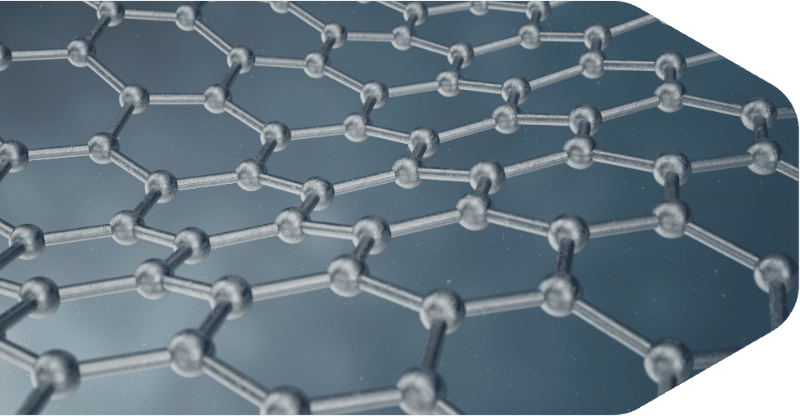Description
This month has seen the 20th anniversary of the isolation of graphene by Professors Andre Geim and Kostya Novoselov. Rather than look back over the past 20 years, we choose to look forward to new developments.
One of these new developments was announced this month in the USA. The National Energy Transmission Laboratory (NETL) in the USA announced a research programme to develop an ultra-conductive carbon aluminium composite wire (UCAC) for grid power transmission. Their work is focussed on enhancing aluminium metal with graphene powder using a hot extrusion process. This is claimed to increase the electrical conductivity and strength of the metal so that the electricity transport efficiency can be increased by more than 30%.
Making improvements such as this with graphene powders is a big stretch and seems to overlap with work done by many other teams including the Pacific Northwest National Laboratory (PNNL). The freedom to operate intellectual property space might be limited. So it was with interest that we noted one of the partners is a CVD graphene company. This means the work might also include the enhancement of copper wires using CVD graphene. If this is the case, then it looks very similar to the work announced by the NGIC in China a few months ago. We will keep a watch on this project because if it does involve CVD graphene and copper then this could be one of those rare times when an innovation in China prompts a very similar innovation in the USA, rather than the other way round.
Keeping with the energy theme, this time with hydrogen storage, two research projects have shown that graphene can improve the impermeability of polymers to hydrogen gas. Hydrogen is a very small molecule, and it leaks through most containers, it is difficult to store. Work in Canada has shown that graphene oxide can improve the impermeability of polyamide to hydrogen by 68%. Work in Abu Dhabi with one of the new synthetic graphene powders has shown that pure graphene can improve the impermeability of polyethylene to hydrogen by 40%. Both projects showed that the tensile strength of the polymers was also increased which is a bonus when it comes to making hydrogen impermeable coatings for type IV hydrogen storage tanks. The key is choosing the right graphene / polymer combination.
Moving from Earth to space, we also follow up on our prediction that graphene will be found on the planet Mercury. Our special feature shows how large crystals of graphene super laminate can form from molten metals and create the large reflective surfaces that should be detectable from orbiting satellites and certainly ground rovers. All this and more in this packed issue, please read on dear Reader.
Adrian Nixon
1st November 2024










